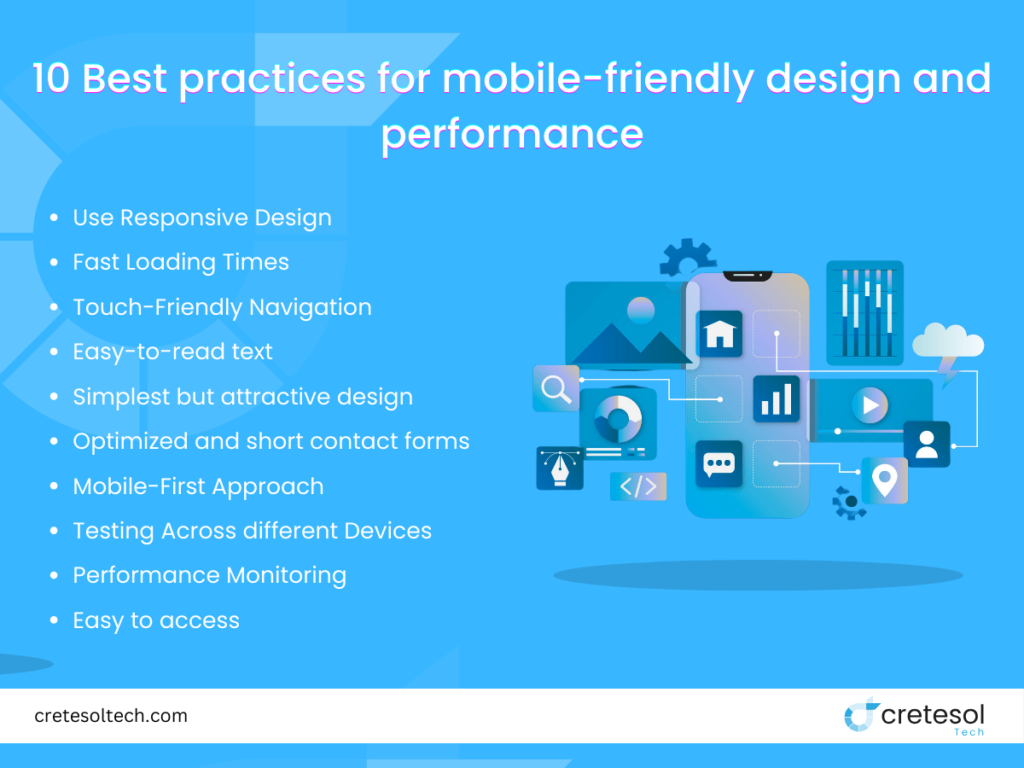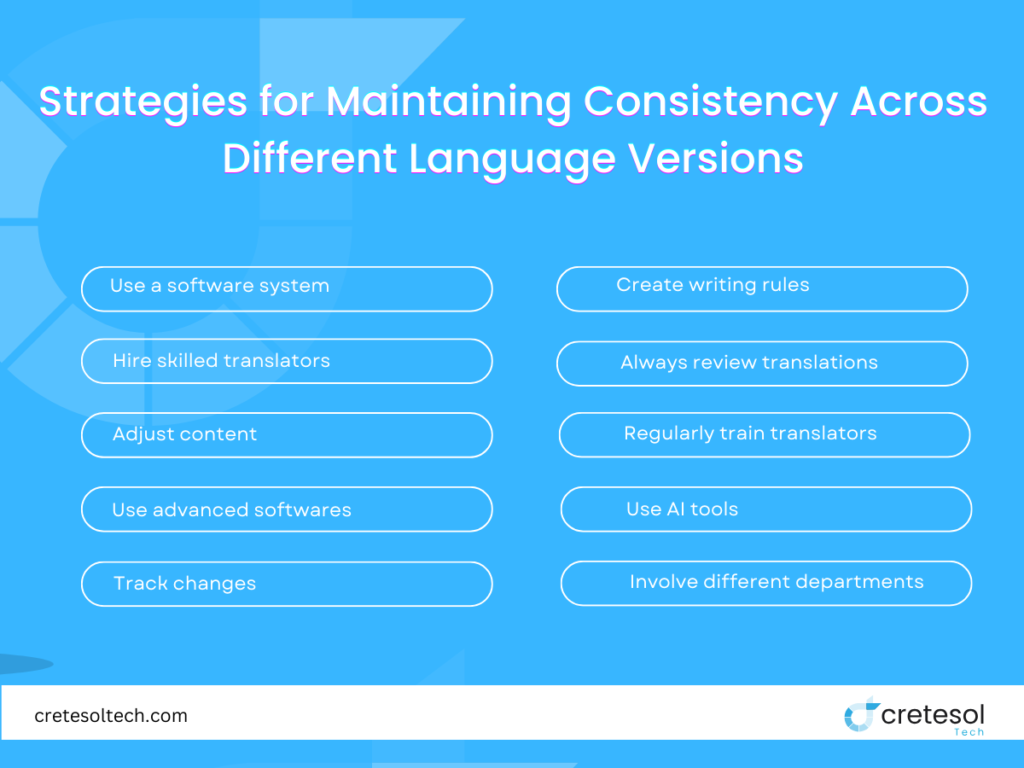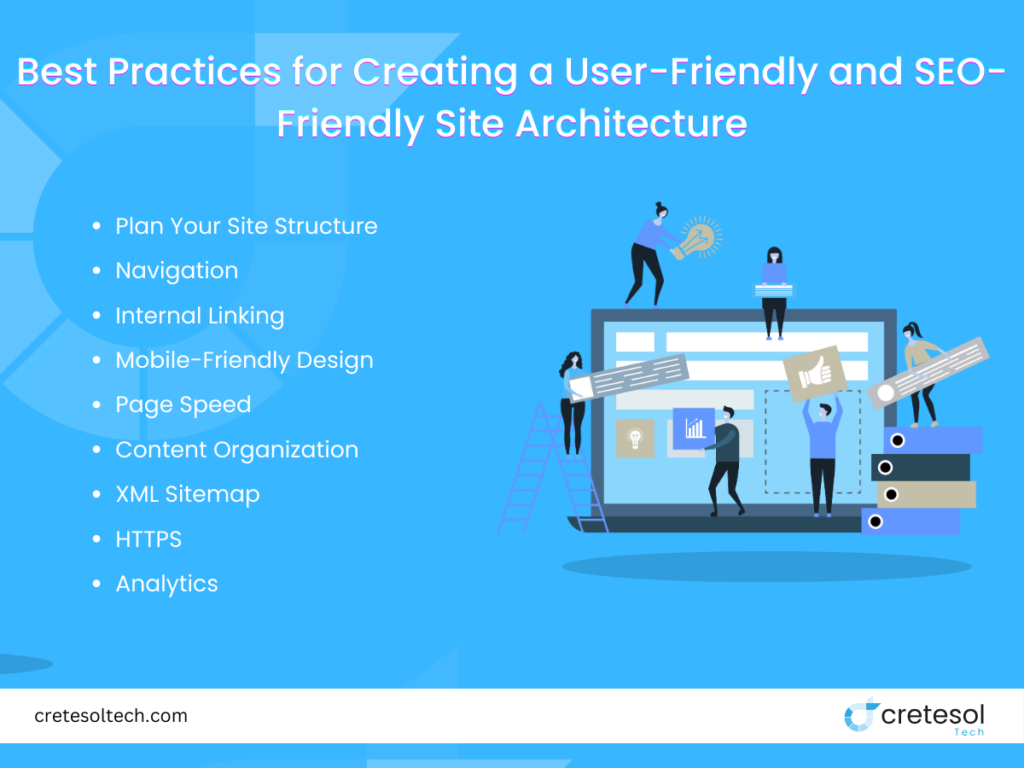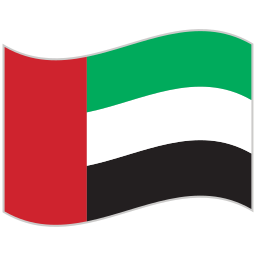Global SEO strategies are the easiest way to get your product ranked and promoted in a short period if done accurately. For that purpose, different strategies are used to boost your international presence. If your customers are present all over the world and if you want to make an international audience your customer you need to follow Global SEO Strategies to boost your international presence.
A Global Strategy used for optimizing websites’ content for search engines in various countries and languages is known as a Global SEO Strategy. The goal is to have search engine users from different countries with appropriate content at the proper times. Here are some of the main Global SEO Strategies that are highly recommended for international marketing strategies.
- Conducting International Keyword Research
- Optimizing SEO for international websites Structure for Global SEO
- Creating Multilingual and Localized Content
- Building Local Backlinks and Citations
- Leveraging Local Search Engines
- Utilizing International Social Media Strategies
- Enhancing Mobile SEO for Global Audiences
- Implementing International Technical SEO
- International Email Marketing Strategies
- Integrating International Marketing Strategies
1. Conducting International Keyword Research
To find the keywords your audience uses to search for products like yours should be highly prioritized. By using these types of keywords in your content there is a high chance you can increase your reach.
Tools and Techniques for Identifying High-Value Keywords in Different Languages
Here are some tools and techniques to identify high-value keywords in different languages. Start conducting the international keyword research process by following these 8 steps.
- Research language variations.
- Research on culture and ethics.
- Analyze keywords used by competitors.
- Use the keyword gap tool to compare rankings.
- Identify top keyword searches.
- Use the keyword magic tool.
- Filter by search volume and keyword difficulty.
- Consider region-specific language nuances.
Analyzing Search Intent and Local Search Behavior
Analyze the keywords your audience and competitors are using to chase the targeted goal. Find out the intent of the audience and start introducing these specific keywords in your content. When you use these keywords you will reach a targeted audience and your site will be visible to your audience. Once it gets the targeted reach you will easily get ranked in the top 5 and top 3. That’s where your success journey started.
Importance of Understanding Regional Language Variations
Keywords should be used appropriately. There must be a chance that a single word has a different meaning for different cultures. For example, KFC’s well-known slogan “It’s Finger-Lickin’ Good” was invented in the 1950s after a restaurant manager read a customer’s comment saying a TV show character licked his fingers and the latter wanted to do the same at their restaurant.
He then wanted to franchise and started selling in the 1950s, perfecting the secret recipe Harland Sanders became known in the 1930s later he was named a Kentucky Colonel. In 2011, KFC changed its slogan to “So Good” and bettered the business overall, but the original phrase is still iconic.
2. Optimizing Website Structure for Global SEO
The SEO for international websites should be like the bestie of your customers. Every customer should easily find the answers to their queries on your website. For that, your SEO for international websites would be easy to use and understand. All information should be easy to access. As well as your SEO for international websites should be
- User-Friendly
- Responsive
- Should have good UI/UX Design
Optimizing your SEO for international websites well will be effective for Global SEO Strategies. People can easily find you and you start achieving your goal because now you are easy to reach worldwide and you are focusing on the needs, demands, and interests of people and optimizing your content and site effectively.
Best Practices for Creating a User-Friendly and SEO-Friendly Site Architecture
- Plan Your Site Structure
- Navigation
- Internal Linking
- Mobile-Friendly Design
- Page Speed
- Content Organization
- XML Sitemap
- User Experience (UX)
- HTTPS
- Analytics

Align content clearly, a logical hierarchy with main categories and subcategories. Use clear, descriptive, and keyword-rich URLs. Ensure navigation menus are easy to use and understand. Use breadcrumb navigation to help users and search engines understand your site’s structure. Connect related content through internal links to help users find relevant information. Use descriptive and keyword-rich anchor text for internal links.
Ensure your site is fully responsive and works well on all devices. Make buttons and links easy to tap on mobile devices. Compress and resize images for faster loading times. Minify CSS, JavaScript, and HTML. Use headings, subheadings, and bullet points to make content easy to read. Naturally include keywords throughout your content, especially in headings and subheadings.
Create an XML sitemap and submit it to search engines to help them crawl your site effectively. Maintain a consistent layout and design throughout your site. Include a search bar to help users quickly find what they need. Use HTTPS to secure your site and improve trust with users and search engines. Use tools like Google Analytics to monitor user behavior and make data-driven improvements to your site.
Implementing hreflang tags for multilingual content
Implementing hreflang tags allows your multilingual content to reach the right audience. Here’s how to do it:
1. Use the Correct Codes
Identify language codes (e.g., “en” for English, “es” for Spanish) and region codes (e.g., “US” for the United States, “FR” for France).
2. Add Hreflang Tags
In the <head> section of each page, add hreflang tags. Example for a US English page:
HTML
<link rel=”alternate” href=”https://example.com/en-us/” hreflang=”en-us” />
<link rel=”alternate” href=”https://example.com/en-gb/” hreflang=”en-gb” />
<link rel=”alternate” href=”https://example.com/es/” hreflang=”es” />
<link rel=”alternate” href=”https://example.com/fr/” hreflang=”fr” />
3. Self-Reference
Make sure each page references itself with a hreflang tag.
4. Set a Default
Use x-default for the default version when no other tags match.
HTML
5. Copy Code
<link rel=”alternate” href=”https://example.com/” hreflang=”x-default” />
6. Use Full URLs
Always use absolute URLs in your tags (e.g., “https://example.com/en-us/”).
7. Consistency
Ensure every page includes tags for all language versions.
8. Check Your Work
Use tools like Google’s Hreflang Tags Testing Tool to verify your tags are correct.
Structuring URLs for International SEO (subdomains vs. subdirectories)
Depending on your needs, the choice of a subdomain or subdirectory can be used for international SEO. Subdomains are separated (fr.example.com) and have regional server hosting, but this can dilute efforts for SEO. Subdirectories are easier to manage and consolidate domain authority, e.g. example.com/fr/, but do not optimize the server location for all regions.
Steps:
- Needs support: Do you require separated websites (subdomains) or is your SEO all going to support a single site (subdirectories)?
- Implement Geotargeting: Implement geotargeting within Google Search Console to your selected structure.
- Implement hreflang tags: Language and country targeted correctly, so that search engines can serve the right content.
3. Creating Multilingual and Localized Content
If you are globally targeting you should use multiple languages. Your content should be based on different language options so that people can find you easy to learn and when people understand what you want to say and what you want to sell it’s easy for both of you to communicate.
Once you communicate with your audience through your website content, blogs, or emails by following global SEO strategies and techniques for global markets will be very easy for you to navigate your audience from simple audience to loyal customers.
Importance of Translating and Localizing Website Content
You get an effective response and reach from your audience using Global SEO Strategies and SEM techniques for global markets and audience/location-perfect targeting. Remember that global targeting needs to consider the language and culture of the targeted audience. You will certainly want your content to be easily translatable into other languages.
Strategies for Maintaining Consistency Across Different Language Versions
There are different strategies we have to use to maintain consistency across different languages.

- Use a software system to manage all your content in different languages from one place. Store past translations to reuse phrases and terms for consistency.
- Create writing rules, like tone and voice, for each language. Ensure everyone follows these rules. Keep lists of key terms and phrases to ensure they are translated the same way every time.
- Hire skilled translators who know the language and the subject well. Work with trusted agencies that offer quality checks.
- Always review and proofread translations by native speakers and experts. Use software to check for uniformity in terms, style, and formatting.
- Adjust content to fit the local culture and norms. Get help from locals to ensure the translation is culturally appropriate.
- Regularly train translators and writers on new guidelines and tools. Create a system where translators can give and receive feedback to improve consistency.
- Translation Management Software: Use advanced software that helps translators work together and integrates with your CMS.
- Use AI tools for initial translations, then have humans review and improve them.
- Track changes in the original content to update translations accordingly. Keep detailed records of your translation processes and guidelines.
- Involve different departments, like marketing and legal, in the translation process. Get input from various stakeholders to ensure the content is accurate and relevant.
4. Building Local Backlinks and Citations
Building local backlinks and citations is crucial for enhancing local SEO. It involves acquiring links from local businesses, directories, and community websites to boost local search visibility. Citations, which include mentions of your business name, address, and phone number (NAP) on various online platforms, help reinforce your business’s presence in local search results. Together, these strategies improve local authority and drive targeted traffic to your website.
Strategies for Acquiring High-Quality Backlinks from Local Websites
- Local Directories: List your brand in local online directories and business listings.
- Local Partnerships: Make connections with local businesses to create mutual backlink opportunities.
- Local Sponsorships: To gain backlink opportunities Sponsor events that are local, charities, or community projects.
- Content Collaboration: Write guest posts or create content collaborations with local bloggers and influencers.
Importance of Local Citations and Business Listings
Consistent use of local citations and business listings boost your SEO. Keep your brand info like contact no email address and SEO for international websites consistent. Search engines and potential customers if optimized and targeted accurately increase trust and credibility.
Best Practices for Outreach and Link-Building in Different Regions
- Personalise Outreach: Customize your outreach emails to reflect localization.
- Local Content Relevance: Create content that is highly relevant to the local audience. Try to resolve your audience’s queries and address their interest, needs, and demands.
- Local Influencers: Connect with local influencers and bloggers who can increase your reach by providing you with backlinks.
- Follow Local Regulations: Be aware of any regional regulations or guidelines related to online marketing and link-building.
5. Leveraging Local Search Engines
Leveraging local search engines involves optimizing your website for region-specific platforms like Google My Business and Bing Places. This enhances your visibility in local search results, helping you reach a geographically targeted audience. Effective local search engine optimization drives more local traffic and potential customers to your business.
Optimizing for region-specific search engines
No matter where are you optimizing your site you should keep in mind that you are optimizing for a global level. For that purpose, you need to optimize your site for all search engines so that not only in Google but in every platform your SEO for international websites got optimized and ranked.
Understanding the unique algorithms and ranking factors of local search engines
All of the search engines have different algorithms on which they work. Every Algorithm has a unique update after some months or years. But majorly every algorithm has specific guidelines and specific agendas which they are following.
Adapting your SEO strategy to cater to different search engines
It’s not easy to cater to different search engines easily. But what if I tell you a tactic behind it? With a proper SEO strategy and implementing it properly, there is a great chance that you will achieve your target audience that will navigate you towards success and boost ROI. For that purpose, you must learn and adapt SEO Strategy. But you can do it even better with a digital marketing agency that can provide SEO services.
6. Utilizing International Social Media Strategies
Different regions have varying preferences for social media platforms. Identify which platforms are popular in your target markets to ensure you reach the right audience. In North America & Europe Facebook, Instagram, Twitter, and LinkedIn, and in China WeChat, and Weibo whereas in India and Pakistan, Facebook, WhatsApp, and YouTube are the top choices. Adapting your strategy to these regional preferences ensures better engagement and outreach.
Tailoring Content to Resonate with Diverse Audiences
Craft content that reflects the cultural nuances, interests, and languages of your international audience. Translate and adapt content to fit the local language and cultural context. Focus on issues and interests that are pertinent to each region. Use images, colors, and designs that resonate with local aesthetics.
Engaging with International Followers and Building a Global Community
Active engagement is crucial for building a loyal global following. Implement strategies to foster interaction and community building:
- Respond Promptly: Answer comments and messages in the local language.
- Host Regional Events: Organize virtual or in-person events tailored to specific regions.
- User-Generated Content: Encourage followers to share their content and experiences with your brand.
- Local Influencers: Collaborate with influencers who have a strong presence in your target markets to increase reach and credibility.
- Time Zone Considerations: Schedule posts and interactions to align with the active hours of your international audience.
7. Enhancing Mobile SEO for Global Audiences
It involves optimizing your website for fast load times, responsive design, and user-friendly navigation across all devices. This ensures a smooth experience for international users, improving engagement and search rankings. Effective mobile SEO caters to the growing number of mobile users worldwide, driving global traffic to your site.
Importance of mobile optimization for international users
No doubt, a mobile is a convenient thing to carry anywhere you want. Most of the audience uses mobile more than tablets and laptops. In mobiles, it’s easy to access anything you want anytime. Many businesses work hard to make a website and optimize it properly. But they often overlook mobile responsiveness, focusing only on laptop compatibility.
Unfortunately, most of their target audience users get distracted and don’t find a proper way to be their customers. According to Global SEO Strategies, every business owner needs to optimize their sites for mobile so that no matter where ever it will be used optimizing for multiple countries brings the desired result.
10 Best practices for mobile-friendly design and performance
- Use Responsive Design,
- Fast Loading Times,
- Touch-Friendly Navigation,
- Easy-to-read text,
- Simplest but attractive and decent design,
- Optimized and short contact forms,
- Mobile-First Approach,
- Testing Across different Devices,
- Performance Monitoring,
- Easy to access.

9. Tools for testing and improving mobile SEO
8. Implementing International Technical SEO
Implementing international technical SEO involves using hreflang tags to specify language and regional targeting, optimizing site structure for multiple countries, and ensuring fast load times across different regions. This approach improves search engine visibility and user experience for a global audience, helping your site rank higher in international search results. Proper technical SEO supports smooth access and engagement from users worldwide.
Ensuring Your Website is Technically Sound for Global SEO
To succeed in international markets, your SEO for international websites must be technically optimized for global search engines. This includes ensuring proper hreflang tags, localized URLs, and compliance with regional search engine guidelines.
Importance of Site Speed, Mobile-Friendliness, and Secure Connections
Site speed, mobile friendliness, and secure connections are important if you plan to strategize your campaign to boost international presence as these are key points noticed by everyone.
Site Speed
Fast loading times are important for user experience and SEO rankings. Patience level is decreased in people who love quick things. Use tools like PageSpeed Insights to improve your site speed.
Mobile-Friendliness
Ensure your SEO for international websites is responsive and easy to navigate on mobile devices. Test it using the Google Mobile-Friendly Test.
Secure Connections
Implement HTTPS to secure user data and improve trustworthiness. This is also a ranking factor in search engines. Customers believe that the security of their data along with their sensitive information is protected.
Tools for Conducting International Technical SEO Audits
3 tools are mostly used to conduct international technical SEO Audits. With the help of these, you can easily find out the actual issue faced by you
- Google Search Console is used to monitor your site’s international presence and fix issues.
- Screaming Frog SEO Spider is used to crawl your website to identify technical SEO issues.
- Ahrefs Site Audit is used to analyze your site’s health and uncover SEO opportunities.
9. International Email Marketing Strategies
International email marketing strategies involve segmenting your email list by geographic location and cultural preferences, personalizing content for diverse audiences, and optimizing send times based on different time zones. This approach ensures relevance and engagement, enhancing the effectiveness of your email campaigns across global markets. Utilizing localized content and language increases the impact and response rates from international subscribers.
Building Segmented Email Lists for Different Regions
Segment your email lists based on regions, languages, and user preferences to deliver relevant content to each audience.
Crafting Personalized and Localized Email Content
Customize your email content to resonate with local cultures and languages. Use localized subject lines, personalized greetings, and region-specific offers.
10. Integrating International Marketing Strategies
Integrating International Marketing Strategies involves coordinating efforts across various channels like SEO, social media, email marketing, and paid advertising to ensure a cohesive global presence. It requires adapting campaigns to local markets, including language customization, cultural considerations, and region-specific trends. A unified approach enhances brand consistency, improves engagement, and drives growth across diverse international markets.
Aligning Global SEO Strategies with Overall International Marketing Strategies
Ensure your SEO strategies are in sync with your broader international marketing plans. This includes aligning content, social media, and advertising efforts for a unified approach.
Importance of a Cohesive and Integrated Marketing Approach
A consistent marketing message across all channels strengthens your brand and improves user trust and engagement.
Measuring and Analyzing the Effectiveness of Combined Marketing Efforts
Use analytics tools to track the performance of your integrated marketing strategies. Evaluate key metrics like traffic, conversions, and ROI to refine your approach.
Conclusion
To boost your international presence, focus on the top global SEO strategies. Start with technical SEO to ensure your site is optimized for global audiences. Pay attention to site speed, mobile-friendliness, and secure connections to enhance user experience. Use tools to audit your site’s SEO health.
Build segmented email lists and create personalized, localized content for effective international email marketing. Align your global SEO strategies with your overall marketing strategies for a cohesive approach. Continuously measure and analyze your marketing efforts to refine and improve them. Implementing these strategies will enhance your international reach and competitiveness, driving success in diverse markets.
FAQs
What are the top 10 SEO strategies?
- Conducting International Keyword Research
- Optimizing Website Structure for Global SEO
- Creating Multilingual and Localized Content
- Building Local Backlinks and Citations
- Leveraging Local Search Engines
- Utilizing International Social Media Strategies
- Enhancing Mobile SEO for Global Audiences
- Implementing International Technical SEO
- International Email Marketing Strategies
- Integrating International Marketing Strategies
How to do SEO globally?
To do SEO globally, start by implementing international technical SEO practices, including using hreflang tags and creating localized URLs. Tailor your content and marketing efforts to different regions by building segmented email lists and creating localized content.
What are SEO strategies?
SEO strategies are techniques and best practices to improve a website’s visibility and ranking on search engines. These include keyword research, on-page optimization, technical SEO, content creation, link building, mobile optimization, and performance monitoring.
What is the meaning of global SEO?
Global SEO optimizes a website to attract and engage users from multiple countries and regions. It involves tailoring content, keywords, and strategies to different languages and cultural preferences. The goal is to improve international search engine rankings and increase global visibility.
What is the difference between Local SEO and Global SEO?
Local SEO targets a specific geographic area, using local keywords, Google My Business optimization, and local backlinks. Global SEO aims for a worldwide audience with international keyword research, hreflang tags for language and region targeting, and globally appealing content.
What is global rank in SEO?
Global rank in SEO refers to a website’s position in search engine results on a worldwide scale. It indicates how well a site performs in search queries across different countries and regions. A higher global rank reflects better visibility and relevance internationally.

 United Arab Emirates
United Arab Emirates